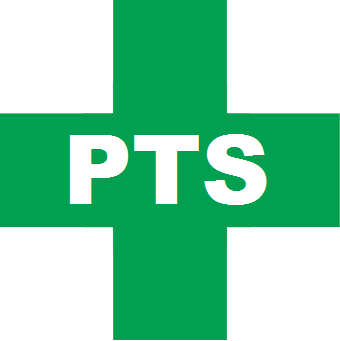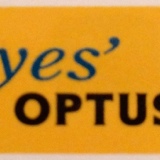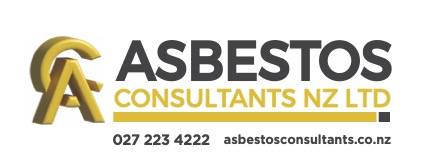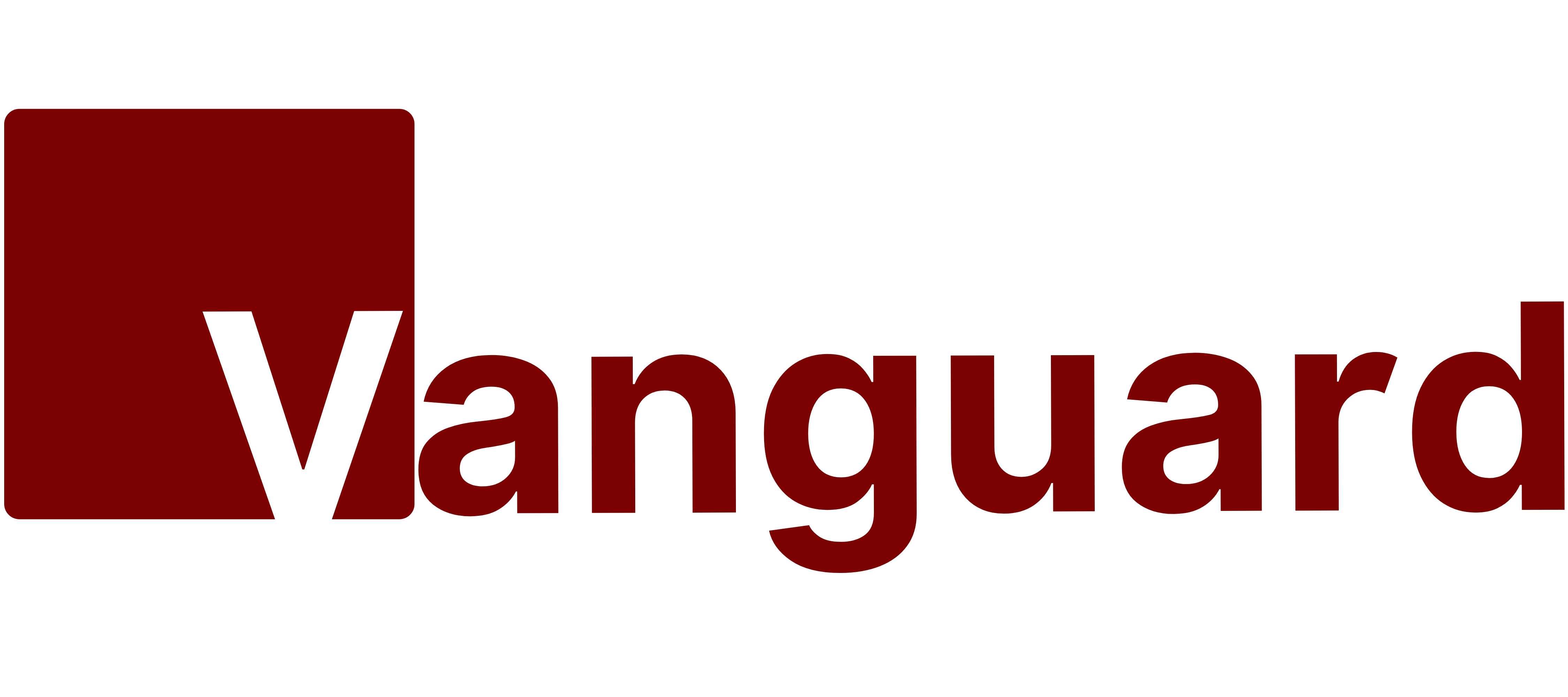Information
-
Document No.
-
Client / Site
-
Conducted on
-
Prepared by
-
Location
-
Introduction and exchange cards
-
Who is present name and title?
-
Thank you for inviting MOSH consultation and your commitment to protecting your workers.
-
Survey occurs in the parts
-
Opening conference
-
Walkthrough
-
Closing conference
Opening Conference
-
Any enforcement activity?
-
Cost: Free service-90% federal 10% state
-
Agree to terms of service?
-
Modifying the scope or terminating a visit
-
Full service
-
Limited
-
Confidentiality and trade secrets
-
Relationship to enforcement and informing enforcement
-
Types of hazards
-
Imminent danger: Employee injury or death is likely to occur immediately or within a short period of time
-
Must be corrected immediately or remove employees until corrected
-
Serious: Employee injury or death may occur in time
-
Must be corrected and report back including supporting documentation
-
Other than serious: Employee injury possible to occur in time
-
Must be corrected, but do not have to report back
-
Recommendations may be made
-
Employee interviews
-
Photographs
-
MOSH Training
-
SHARP Program
-
Nature of business:
-
Description of workplace:
-
Size of facility:
-
Type of building:
-
Buildings age or how long at location:
-
Total number of employees:
-
How many employees are present today:
-
Hours of operation:
-
Lunch and break times:
-
Union:
Paperwork and Programs
-
OSHA 300 and 300A for the past three years
-
Comments:
-
(If between Feb 1st and Apr 30th, is the 300A posted:)
-
Injury and illness data analyzed:
-
Comments:
-
What is the most common injury:
-
Specific safety manager:
-
Comments:
-
Employee involvement:
-
Comments:
-
Safety committee:
-
Comments:
-
Safety committee should:
-
Evaluate the accident and illness prevention program
-
Establish procedures for inspection
-
Inspect the workplace for safety and health hazard
-
Recommend how to eliminate hazards and unsafe behaviors
-
Safety rules:
-
Are safety rules separate from human resources rules:
-
New employee safety training:
-
How:
-
Who:
-
How long:
-
Ongoing safety training:
-
When:
-
How:
-
Who:
-
Hazard assessment done:
-
Comments:
-
Hazard assessment certified:
-
Comments:
-
Self inspections done:
-
Comments:
-
Hazard training (how to recognize and correct)
-
Comments:
-
System for reporting hazards:
-
Comments:
-
System for reporting near misses:
-
Comments:
-
Accident investigations:
-
Comments:
-
Emergency action plan:
-
Comments:
-
Evacuation and assembly point:
-
Comments:
-
Someone trained in first aid/CPR:
-
Comments:
-
Rely on 911:
-
Comments:
-
System for reporting a emergency/fire:
-
Comments:
-
Employees are to use fire extinguishers:
-
Comments:
-
Fire extinguisher training:
-
How:
-
Who:
-
When:
-
Fire extinguishers visually inspected monthly:
-
Who:
-
Documented:
-
Comments:
-
Fire extinguishers annually inspected:
-
PPE used:
-
Type:
-
How obtained:
-
Training:
-
When:
-
How:
-
Who:
-
Written LOTO program:
-
Comments:
-
LOTO devices provided:
-
Comments:
-
LOTO training:
-
When:
-
How:
-
Who:
-
Tap to enter information
-
LOTO periodic inspection:
-
When:
-
How:
-
Who:
-
LOTO periodic inspection certified:
-
Comments:
-
Written Hazard Communication Program:
-
Comments:
-
MSDS:
-
Comments:
-
Chemical information list:
-
Comments:
-
CIL proper format:
-
CIL submitted to MDE:
-
How often:
-
Electrical safety-related work practices:
-
Comments:
-
PIT program:
-
Comments:
-
When:
-
How:
-
Who:
-
Fall protection:
-
Comments
Closing Conference
-
Tap to enter information
-
Abatement date:
-
Review hazards.
-
Set abatement date.
-
A written report will be sent.
-
It is up to the employer whether or not they want to share the report with enforcement.
-
Do not wait for the report to begin hazard correction.
-
List of hazards must be posted for the days or until the last serious hazard is abated. Abatement must be posted in a conspicuous area for employees to review.
-
Appendix B is used to report back along with spring documentation.
-
Requests for extensions must be in writing and state what the employer is doing to correct the hazard, along with what interim protection is in place.
-
Training and follow-up visits can be conducted.











